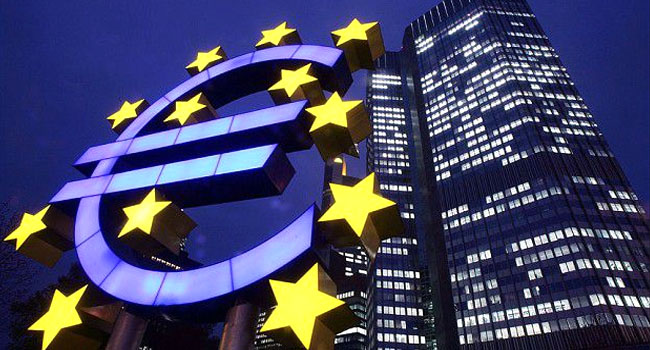In April, consumer prices in the Euro area remained unchanged, signaling a slowdown in inflationary pressures within the region. Data released by Eurostat revealed that headline inflation stabilized at 2.4% year-on-year (y/y) in April, maintaining the same level as March.
Analyzing the data further, a deceleration was observed in non-energy industrial goods, with prices rising by 0.9% y/y compared to 1.1% y/y in March. Conversely, there was a slight uptick in food, alcohol, and tobacco prices, which increased by 2.8% y/y compared to 2.6% y/y in March. Additionally, energy costs experienced a softer decline, decreasing by 0.6% y/y compared to 1.8% y/y in March. On a month-on-month basis, consumer prices slowed by 0.6% in April, down from a 0.8% increase in March.
With energy prices remaining low, analysts anticipate a downward trend in consumer prices in the coming months. In light of this, and barring any unexpected changes in wage growth or price trends, expectations are mounting for the European Central Bank (ECB) to implement policy easing measures in the near future.
Market sentiment aligns with this anticipation, as money market pricing indicates a probability of approximately 70.0% for a rate cut in the upcoming ECB monetary policy meeting scheduled for June 6. This suggests growing expectations among investors and analysts for the ECB to take action to stimulate economic activity and address subdued inflationary pressures in the Eurozone.
Analysts say the steady inflation figures for April underscore the ongoing challenges faced by the Eurozone economy, including sluggish growth and persistently low inflation. As policymakers navigate these challenges, market participants will closely monitor ECB announcements and economic indicators for insights into the trajectory of monetary policy in the Euro area.















